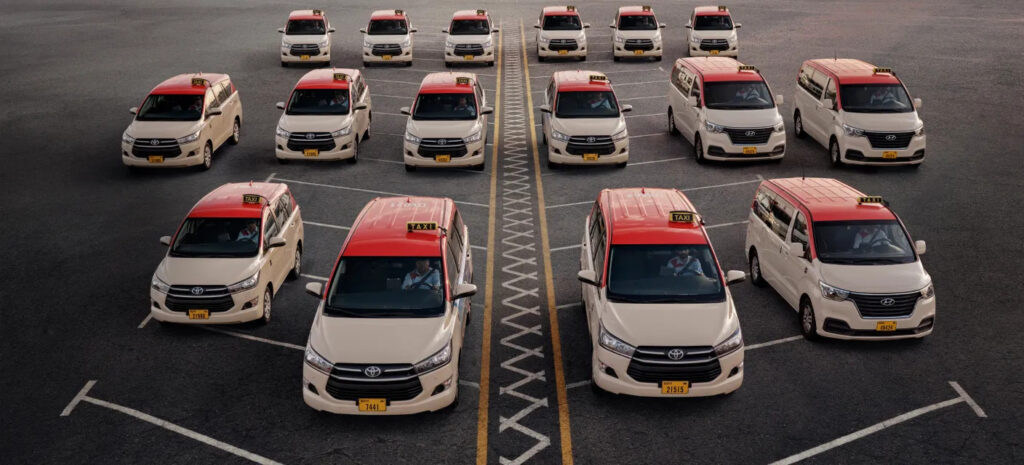
globalbizmag.com
Southeast Asia’s Aviation Growth will be within Asia and Pacific, says ADB
Southeast Asian countries should explore potential growth opportunities in its aviation sector in Africa, Europe, North America, and the Middle East, but most of the future growth will be regionally within Asia and the Pacific, the Asian Development Bank (ADB) said.
In its Landscape Study on Southeast Asia’s Aviation Industry following COVID-19 impact and post Pandemic Strategies, the ADB made several recommendations and wanted the region should focus on Australia, Japan, Korea, and Taipei, China as major source markets to facilitate overall aviation and tourism recovery, recognizing it may take time for China to recover from the impacts of the pandemic.
“Southeast Asian countries with sizable domestic markets should focus on facilitating point-to-point routes to help drive growth for their domestic aviation and tourism sectors,” the study said.
Passenger traffic in Southeast Asia more than doubled before COVID-19, reaching 510 million in 2019 and accounting for 11% of global traffic. While the Southeast Asian market grew much faster than the global average, the average profit margin of Southeast Asian airlines significantly lagged the global average due to intense competition and overcapacity.
In 2019, the average net profit margin of the top 10 leading airlines by revenue in Southeast Asia was only 1.5% while the global average profit margin was 3.8% (based on ICAO data).
The ADB said that airlines developing very large connecting hubs grew rapidly. Dubai-based Emirates grew from 27.5 million passengers in 2009-10 to 58.6 million in 2018-19. Qatar Airways grew from 14 million passengers in 2009-10 to 29.5 million in 2018-19. Likewise, Turkish Airlines grew from 29.1 million passengers in 2010 to 74.3 million in 2019.
These airlines built up significant connecting services to Southeast Asia, affecting particularly the route networks that Southeast Asian airlines had operated to Europe and, to a lesser extent, the east coast of North America.
At the same time, the major carriers from China —Air China, China Eastern, China Southern, and Hainan Airlines— started to develop significant trans-Pacific networks and looked to Southeast Asia to help to provide passengers to fill their aircraft on new trans-Pacific routes.
“Airlines from other North Asian markets (including Hong Kong, China and Taipei, China) also expanded their network in North America and relied heavily on connecting passengers from Southeast Asia to fill these new or additional flights,” the ADB study said.
Opportunities and Challenges
Emerging from the pandemic, Southeast Asia faces a short-term future that is somewhat different from 2019. China’s airlines were temporarily absent which allowed a higher share of traffic to be gained on some routes.
Airlines from the Middle East and Turkiye have continued to respond actively to opportunities. For example, Qatar Airways forged a strategic partnership with Malaysia Airlines (building on their common membership in the Oneworld Alliance) and Emirates forged a new partnership with Garuda Indonesia.
As of 2022, airlines and airports still must be able to fully recover from the reduced levels of service. Other regions—such as Europe—have struggled with queues, cancellations, and poor service once traffic returned to 2019 levels.
Having a clear and measured recovery plan is one way to ensure that chaos does not break out as services resume, allowing airlines, airports, and governments time to plan for staff recruitment, training and licensing, and equipment reactivation, and for passengers to relearn the things they must do when passing through an airport.
Other Major Recommendations
The region’s aviation sector should increase investment in recruiting, training, and retaining workers. The local governments need to put in place policies and programs to facilitate this, enabling the aviation sector to keep up with the recovering demand and deal with potential volatility.
These countries should also increase their focus on aviation safety, ensuring that there are sufficient oversight resources and that they comply with all international safety standards.
The governments should consider providing industry generic support packages to help all airlines recover from the financial impact of the pandemic and reduce debt levels. Financial assistance or restructuring support for any specific airline should be examined carefully on a case-by-case basis to ensure that fair industry competition can be maintained.
These countries should promote the development of drones and electric vertical takeoff and landing eVTOL) aircraft and put in place policies that facilitate their use in transporting cargo and passengers.
They should find new source markets as the Southeast Asia− China market could take several years to fully recover and is unlikely to experience the same kind of growth that was experienced before the pandemic.
They should also focus on India as the next major growth market and put in place policies to facilitate more capacity and routes in the Southeast Asia−India market..










